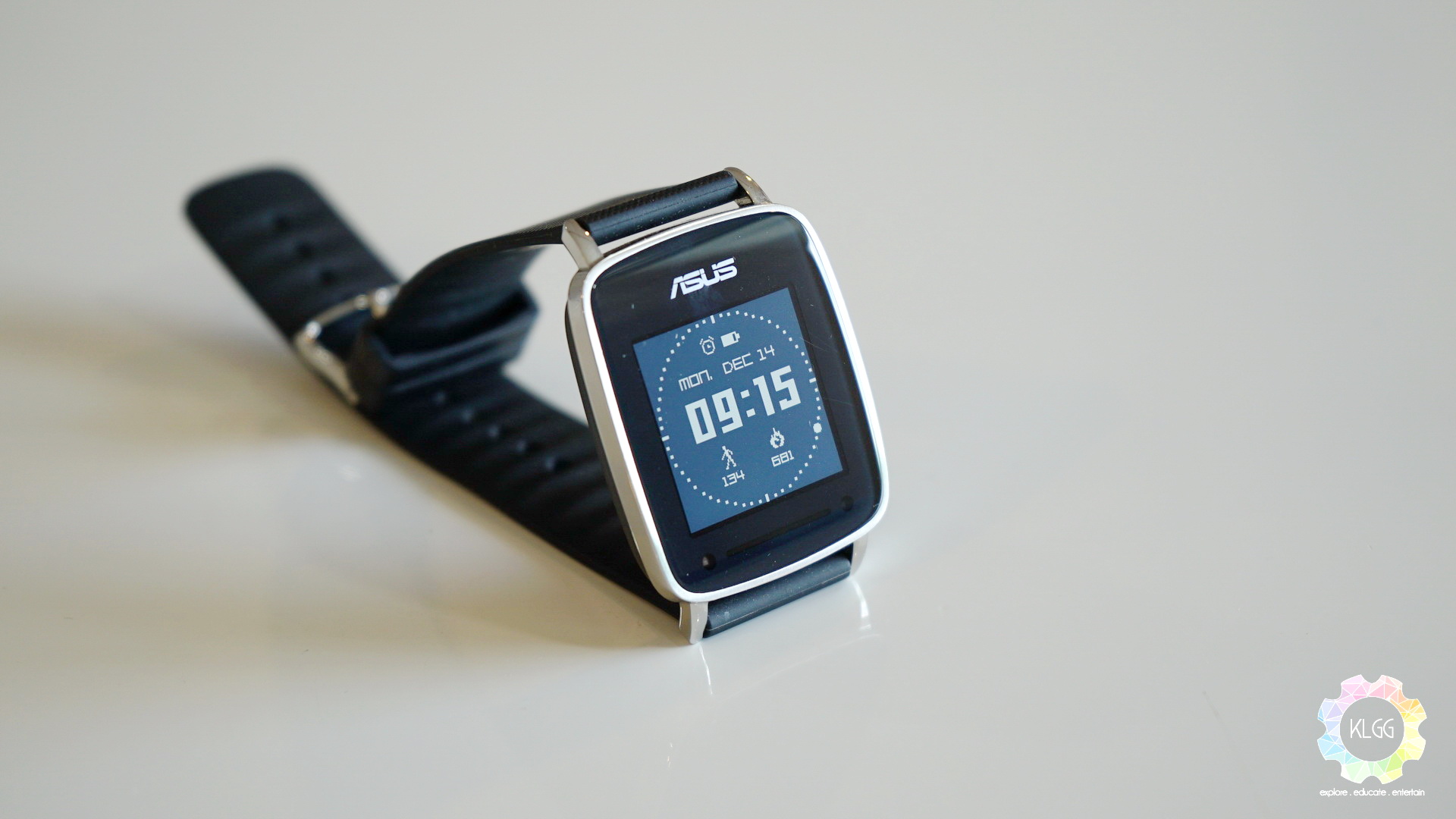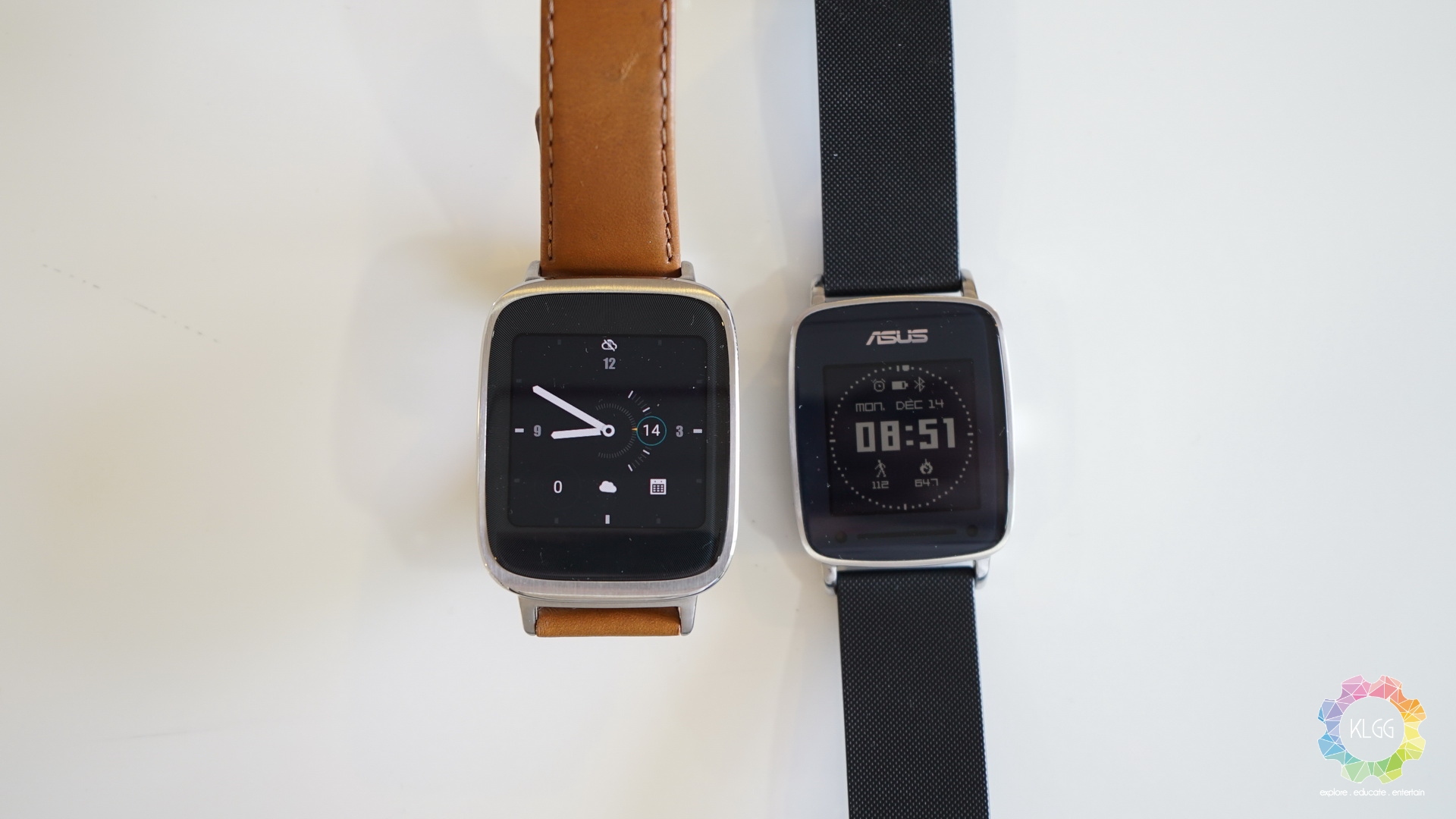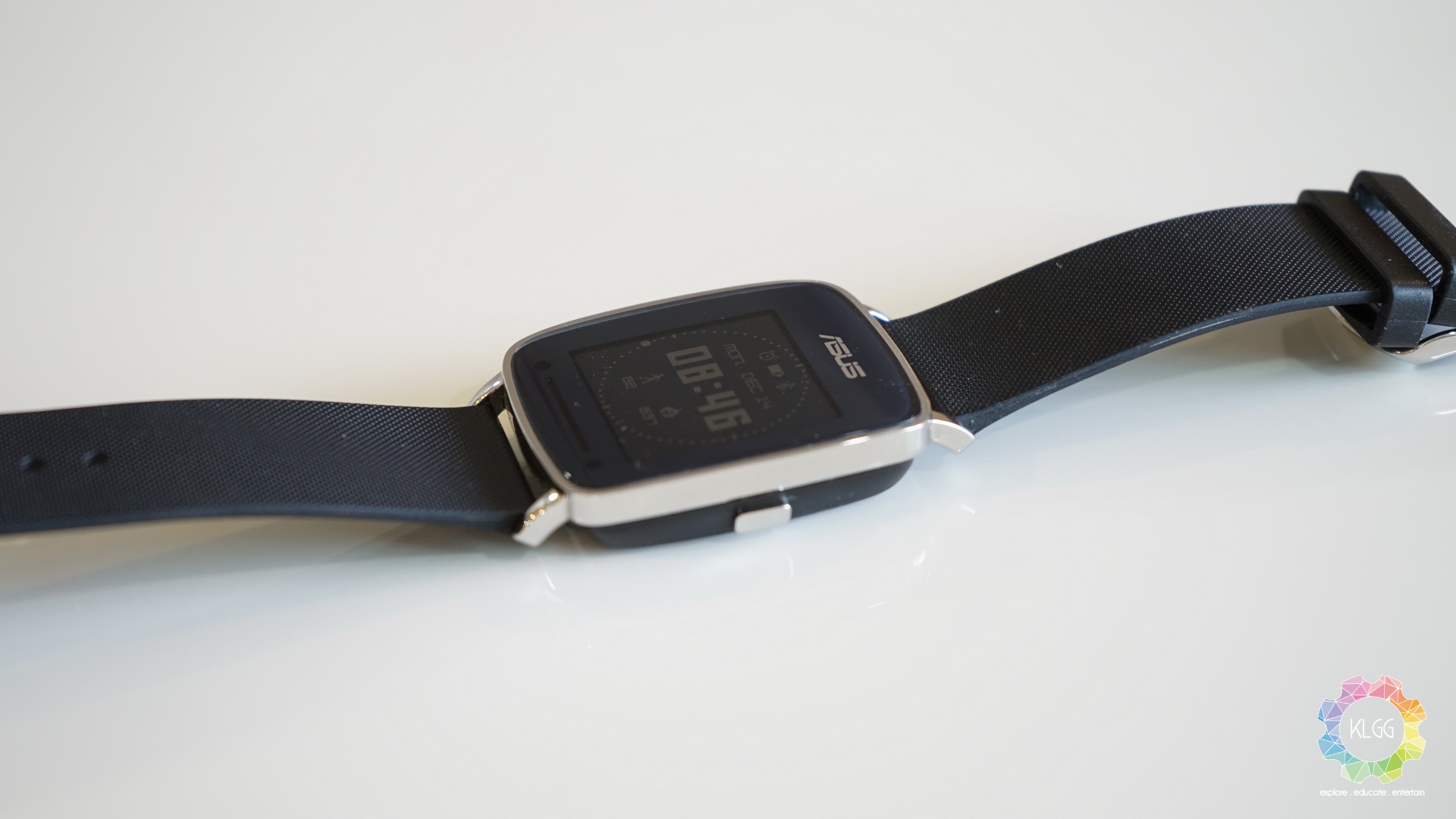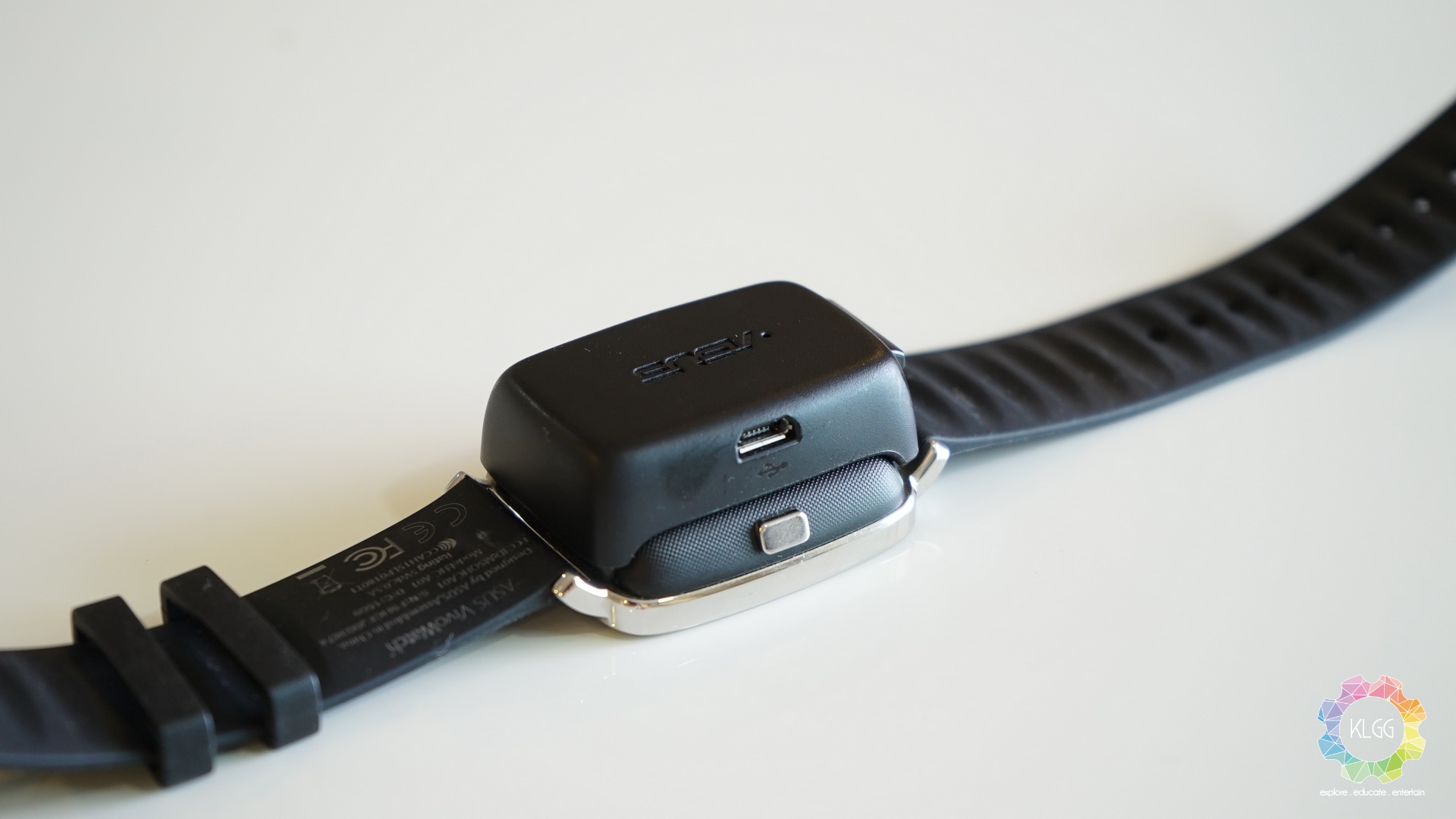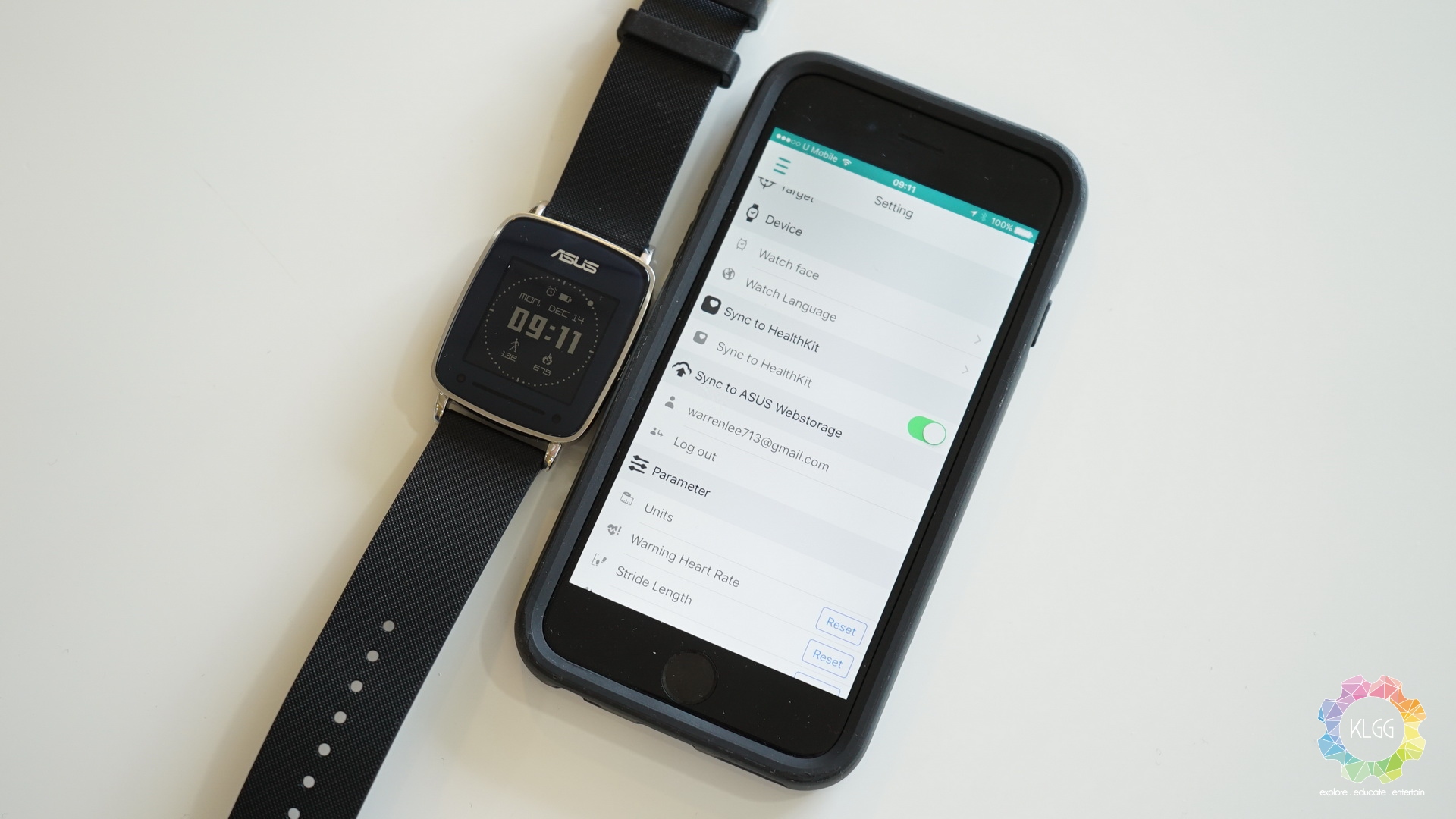As a tech journalist, my friends have the tendency to notice the phone I use and smart watch I wear, the ASUS VivoWatch is the latest wearable that I have got my friends asking what it does and my thoughts about it. In most ways, it looks like a smart watch but in truth, the Vivowatch is the most handsome looking fitness tracking device I have ever seen in the market and also the first ever fitness device from ASUS, can it challenge the likes of Fitbit and Jawbone judging from the company’s success of the Zenfone? We find out.
Design
I have always admired ASUS products during my early days of venturing into the tech world, the company is famous for many iconic product designs such as the Transformer Book, ZenBook and more recently the Zenfones. The Vivowatch could well be another iconic fitness watch that makes a great impression once you set your eyes on it, the watch resembles its ZenWatch sibling a lot and you might not even be able to tell them apart until you noticed that its screen isn’t an AMOLED display.
The Vivowatch features a 1.28″ monochrome touch LCD (or probably e-paper) display which actually looks crisp with a 128×128 resolution. While the screen bezels are considerably thick, there’s actually an green LED pulse light below the display that tells your heartbeat in its workout mode and a UV sensor is located next to it. When idle, the Vivowatch’s screen is fortunately locked to avoid any accidental touches, which some fitness watches have failed to do so especially when in contact with water, the button on the side unlocks it and hold on to it, the workout mode starts.
To match the stainless steel frame design of the watch, ASUS has paired the watch with a 22mm faux fabric strap that looks good and thankfully absorbs sweat at the same time, while the material does not feel as comfortable elastomer or leather, I actually took time getting used to wearing it for a week and wore it to track my sleep as well. Of course, the Vivowatch’s strap is swappable and you can find them easily in watch shops.
The Vivowatch employs the same charging mechanism like many other smart watches by having an adapter that takes in power with a MicroUSB connector, and the good thing is that you don’t really need to keep it handy as the watch will be able to last you for around 10 days as claimed by ASUS and I can attest to that during the review period.
Software
The Vivowatch’s companion app is available to download for both Android and iOS devices, it requires the user to have an ASUS account in order to work and is able to synchronize fitness data with the cloud. The watch connects to your smartphone using Bluetooth SMART which means switching between smartphones will not require you to reset the watch and makes pairing the device a breeze, useful for folks like me who sadly does not have a permanent smartphone due to the nature of my job.
ASUS has given a Zen UI make up on both Android and iOS variants of the HiVivo app, which makes learning less of a chore if you do switch between devices all the time. As usual with most fitness apps, the HiVivo app features a very friendly looking dashboard that shows you the summary of your activity, exercise and sleep for the week.
Comparing to some other well known fitness apps, HiVivo does not keep track of food and water intake so you can’t keep track of your calories accurately, it does however feature a Happiness Index (HI) feature that tells your mood for the day based on the hours of sleep and how active you have been for the day, such information may not be too useful in my case but it is always great to know how well you have been taking care of yourselves.
The HiVivo app is very limited in terms of third party app support, while it does support exporting fitness data into Apple’s Health app, it is not able to interface with any third party fitness apps on Android and this could be a deal breaker for some who would have probably invested in the app itself to keep track of their fitness progress.
In other features, the Vivowatch has five watch faces to choose from and you can set it to receive notifications from your smartphone. In my case, notifications worked great with no delayed response, just don’t expect it to have any actions for them because the watch isn’t meant to do that.
User Experience
The Vivowatch is a great wearable despite of its software limitations, it is probably the only fitness watch that I have worn it for the longest time as it looks great for any occasion, be it a business meeting, dining session or working out in the gym, the watch will definitely grab some attention from your friends.
Functionality on the watch itself is limited in a way that you can’t install apps on to it, basic features such as music controls, stopwatch and timer is also sadly not available, which makes it hardly better than any common digital watches out there. Of course, ASUS could’ve easily released a firmware update to make these features available and I would certainly look forward to that.
Despite being a fitness device, the Vivowatch does not keep track other types of exercises apart from running and it does not have a built-in GPS as well, so you won’t be able to tell exactly how far you have been running outdoors as it merely relies on its built-in sensors to detect your running. The optical heart rate sensor is fortunately accurate according to my tests as I tried comparing it to a threadmill’s heart rate sensor, sleep tracking also works great as it automatically activates it when I wear it to sleep.
I have to admit that I have been a less active person during the review period due to busy work schedules, however when its time to get active in the gym, the Vivowatch does the work well for me, however if you are thinking to use it for activities other than running, you might probably want to skip the Vivowatch.

